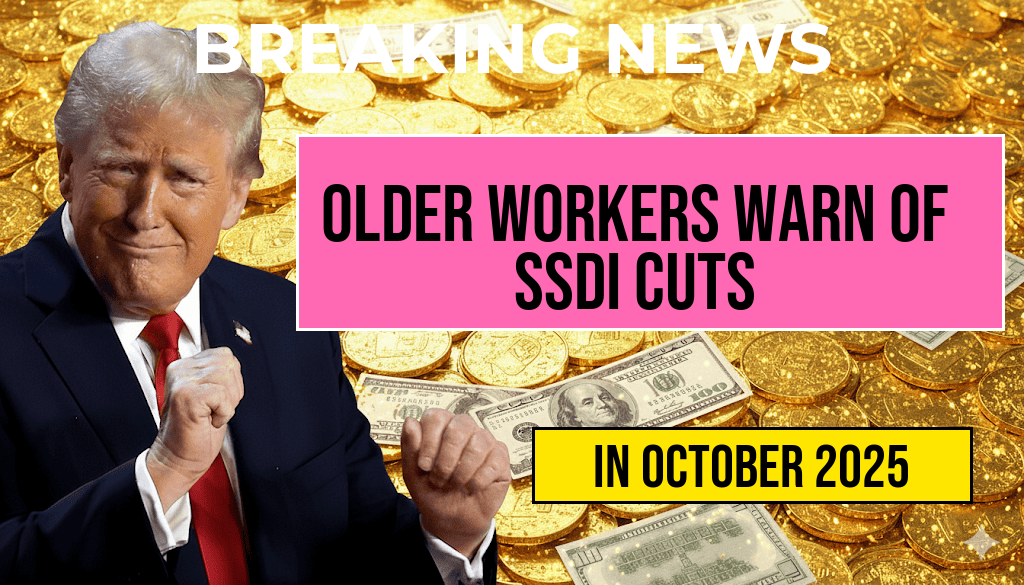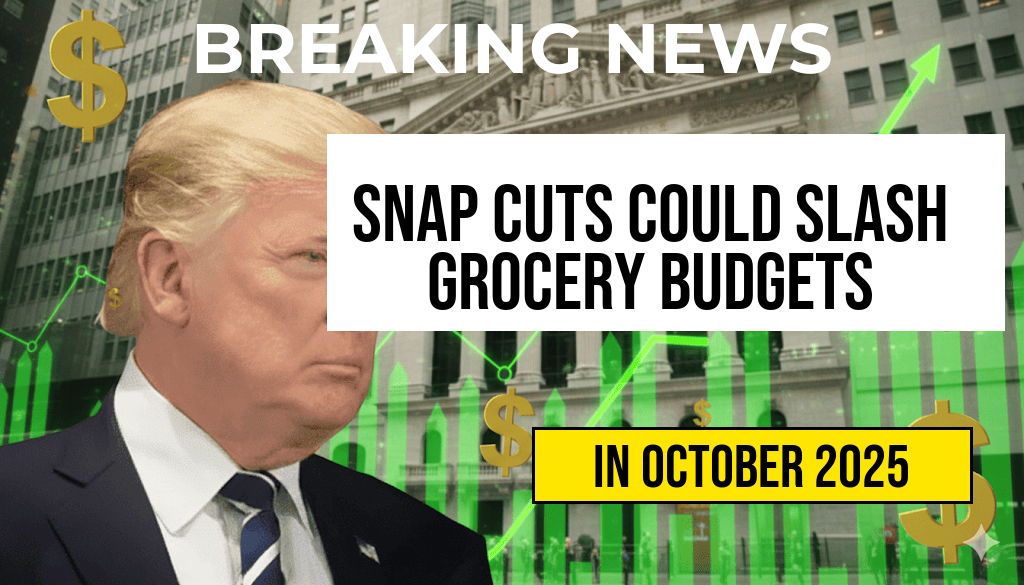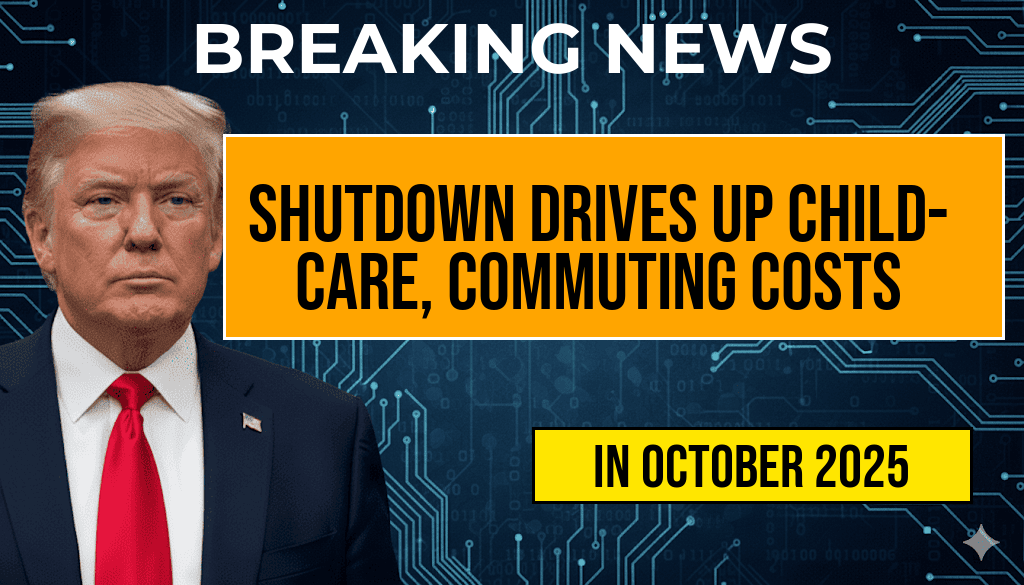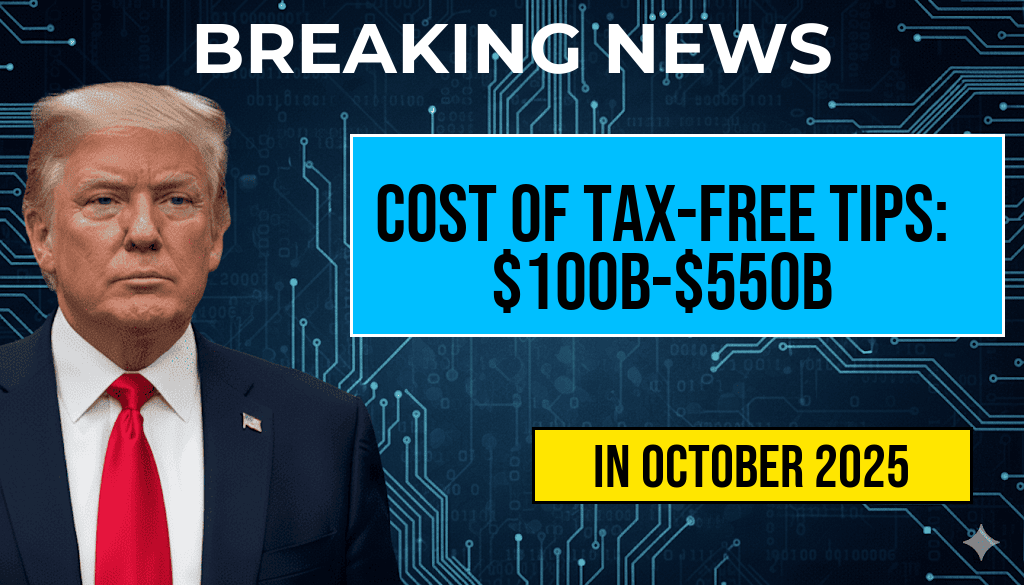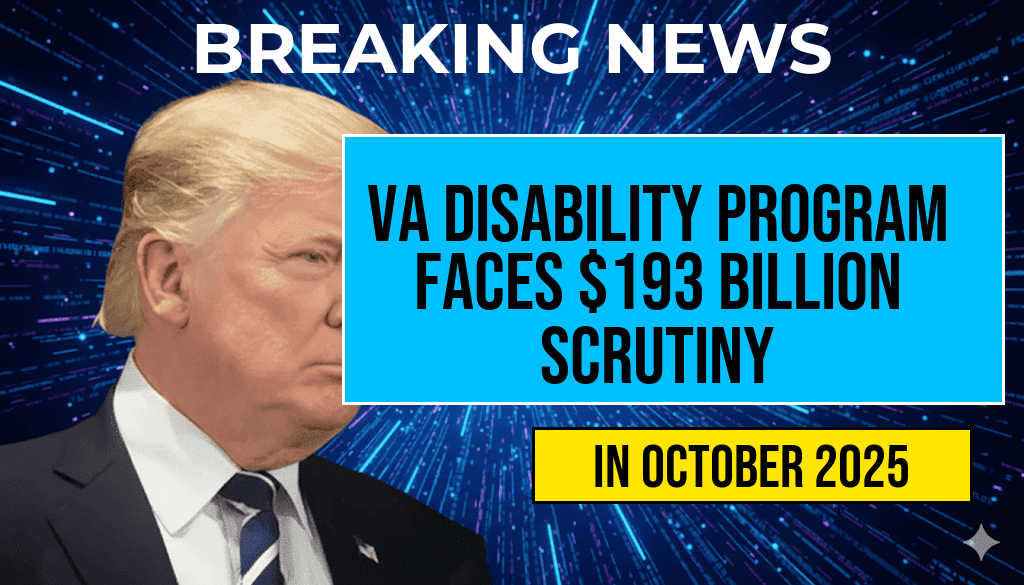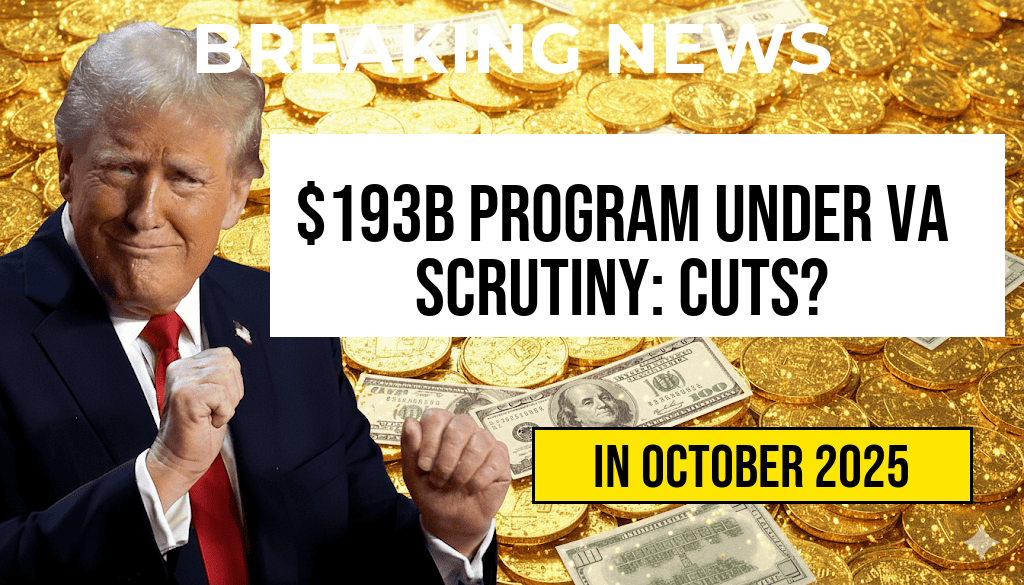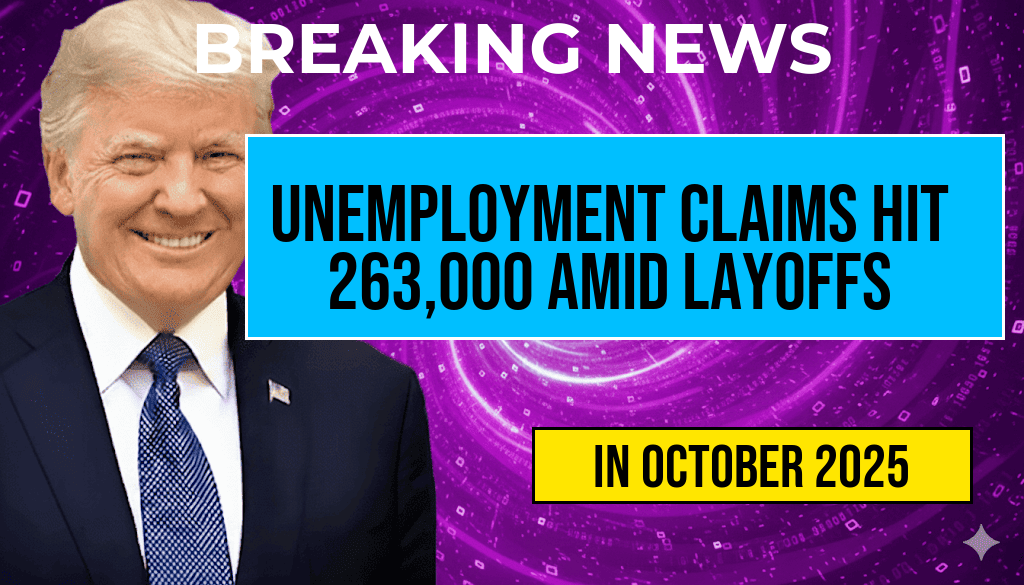The ongoing debate surrounding the taxation of tips has gained renewed attention, with estimates suggesting that making tips tax-free could cost the U.S. government between $100 billion and $550 billion over the next decade. This substantial financial implication arises from discussions on how to reform the current tax system, where gratuities are subject to taxation. Advocates argue that eliminating tax on tips would provide much-needed relief to service workers, particularly those in low-wage occupations who rely heavily on tips for their income. However, critics warn that such a move could significantly reduce federal revenue, exacerbating the fiscal challenges already facing the government. As policymakers weigh the pros and cons of this potential change, understanding the financial ramifications is crucial.
Understanding the Economic Impact
The projected cost of making tips tax-free is based on various economic models that consider current trends in the service industry and federal revenue patterns. According to a report by the Tax Policy Center, approximately 10% of all earnings in the hospitality sector come from tips. Removing taxes on these earnings could substantially decrease federal income, affecting government funding for essential services.
Who Would Benefit?
- Service Workers: Many service workers, including waitstaff, bartenders, and hairdressers, often depend on tips to supplement low base wages. Advocates argue that a tax-free system would allow them to retain more of their earnings.
- Small Businesses: Restaurants and other service-oriented businesses might see increased patronage, as customers may feel more inclined to tip generously if they know that those tips will not be taxed.
Who Would Be Affected?
- Federal Government: The largest impact of making tips tax-free would likely be on federal revenue. The potential loss of hundreds of billions could lead to budget cuts in critical services.
- Tax Compliance: The IRS relies on tips being reported as income to enforce tax laws. Eliminating taxes on tips could complicate enforcement and lead to other compliance issues.
Comparative Analysis
| Year | Low Estimate ($ Billion) | High Estimate ($ Billion) |
|---|---|---|
| 2024 | 10 | 30 |
| 2025 | 15 | 40 |
| 2026 | 20 | 50 |
| 2027 | 25 | 60 |
| 2028 | 30 | 70 |
| 2029 | 35 | 80 |
| 2030 | 40 | 90 |
| 2031 | 50 | 100 |
| Total (10 Years) | 100 | 550 |
Public Opinion and Political Implications
Public sentiment regarding the taxation of tips varies widely. Some polls indicate that a majority of service workers support the idea of making tips tax-free, while others reflect concern over the implications for public funding. Politicians are now grappling with the challenge of balancing support for the service industry and the need for robust public services. The economic landscape is further complicated by the potential impact on low-income workers who could benefit from policy reform versus the financial strain on federal resources.
Conclusion: A Tough Balancing Act
The discussion around making tips tax-free is fraught with complexities that extend beyond simple financial metrics. As lawmakers and stakeholders continue to debate the issue, the outcomes will likely shape the economic landscape for service workers and the government alike. The push for reform reflects a growing recognition of the challenges faced by low-wage earners, but the financial implications cannot be overlooked.
For more information on this topic, consider visiting the IRS website for guidance on reporting tips and understanding tax obligations.
Frequently Asked Questions
What is the estimated cost of making tips tax-free in the U.S.?
The estimated cost of making tips tax-free in the U.S. ranges between $100 billion and $550 billion. This significant figure reflects the potential loss in federal and state tax revenues.
How would making tips tax-free affect workers?
Making tips tax-free could provide financial relief to many workers, particularly in the service industry, by increasing their take-home pay. However, it could also lead to disparities in income distribution among various sectors.
What are the implications for the government if tips are made tax-free?
If tips are made tax-free, the government may face substantial budget constraints due to the loss of tax revenue. This could impact funding for public services and programs that rely on tax income.
Are there any current proposals regarding the taxation of tips?
Yes, there are ongoing discussions and proposals within legislative bodies that explore the feasibility of making tips tax-free, highlighting the need for comprehensive tax reform and its implications on the economy.
What factors contribute to the wide range of estimated costs for making tips tax-free?
The wide range of estimated costs, from $100 billion to $550 billion, is influenced by various factors, including the number of workers receiving tips, average tip amounts, and differing state tax rates across the nation.

